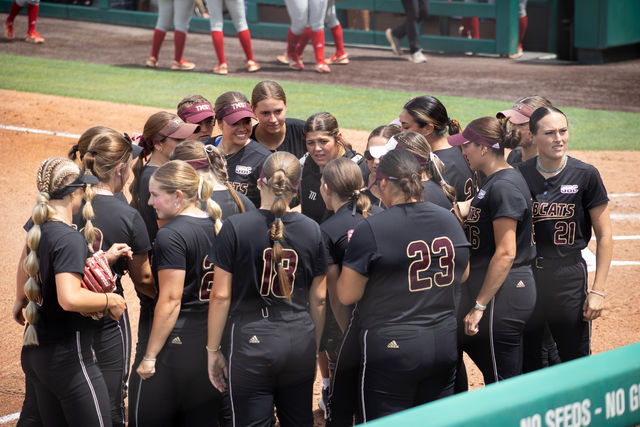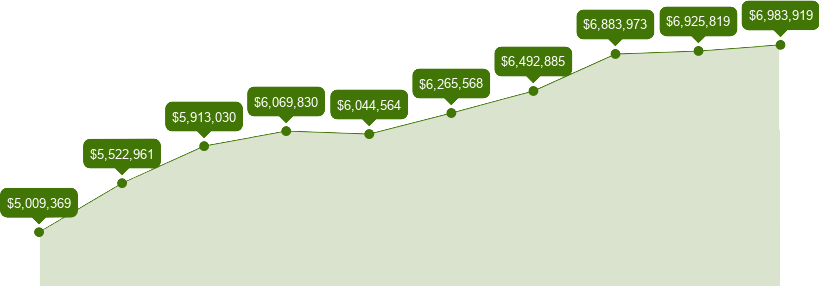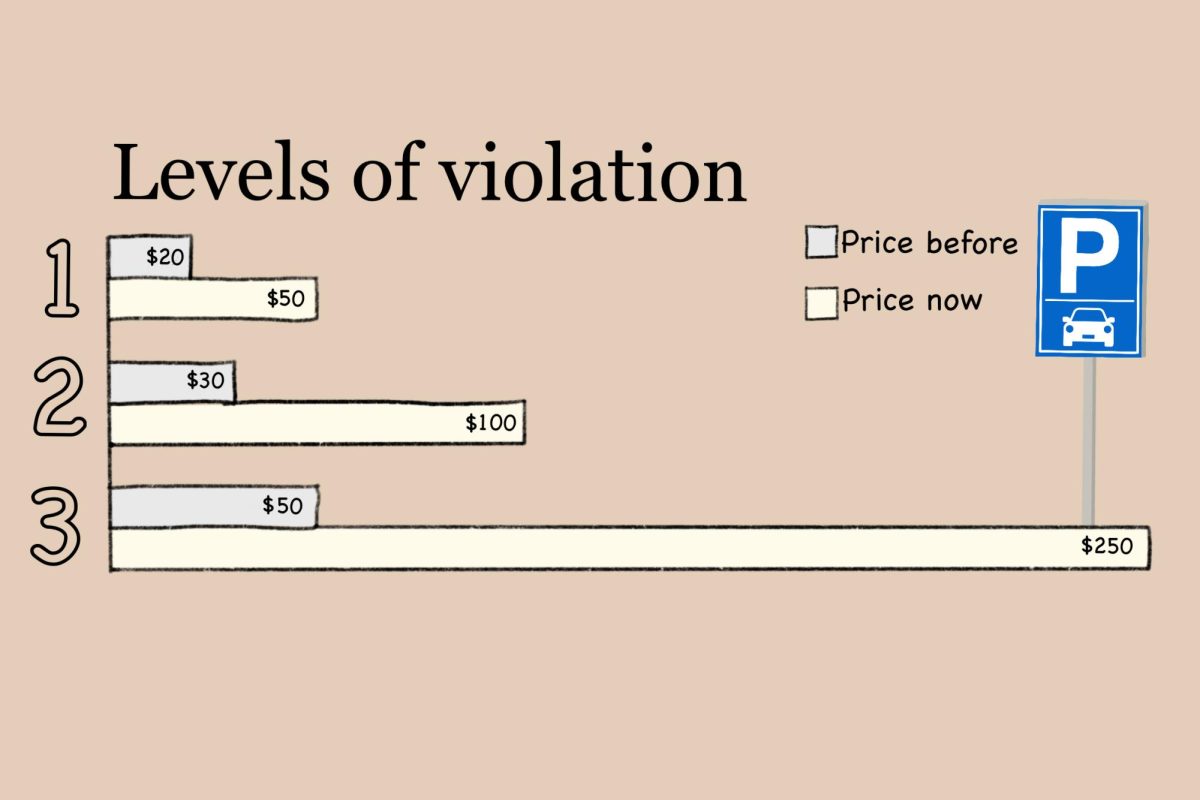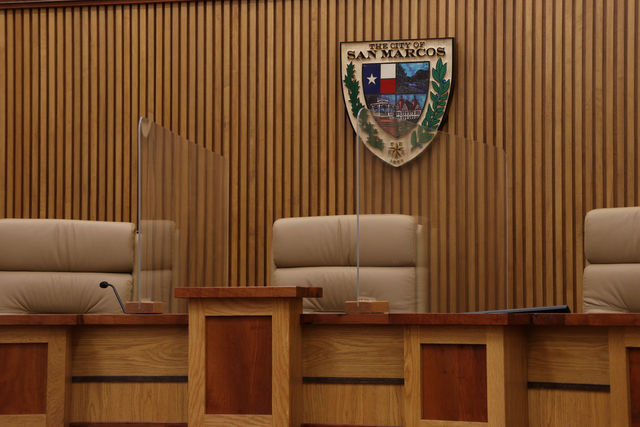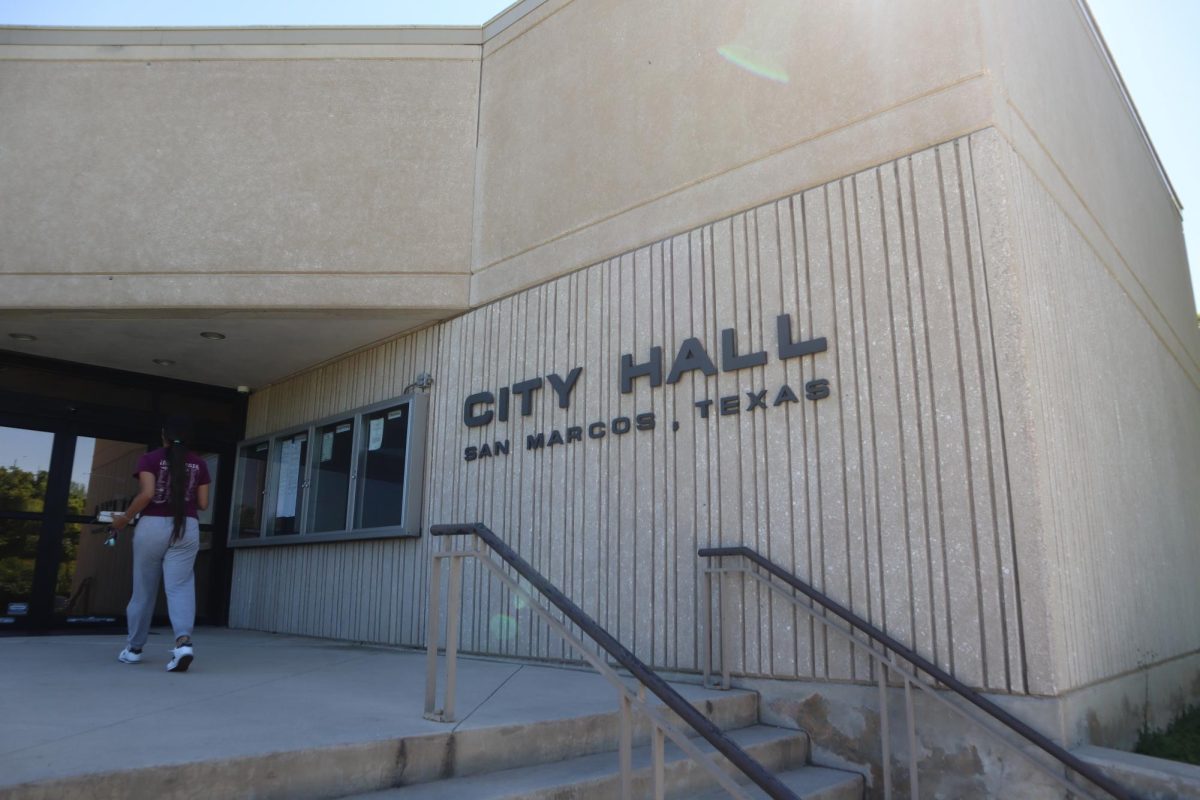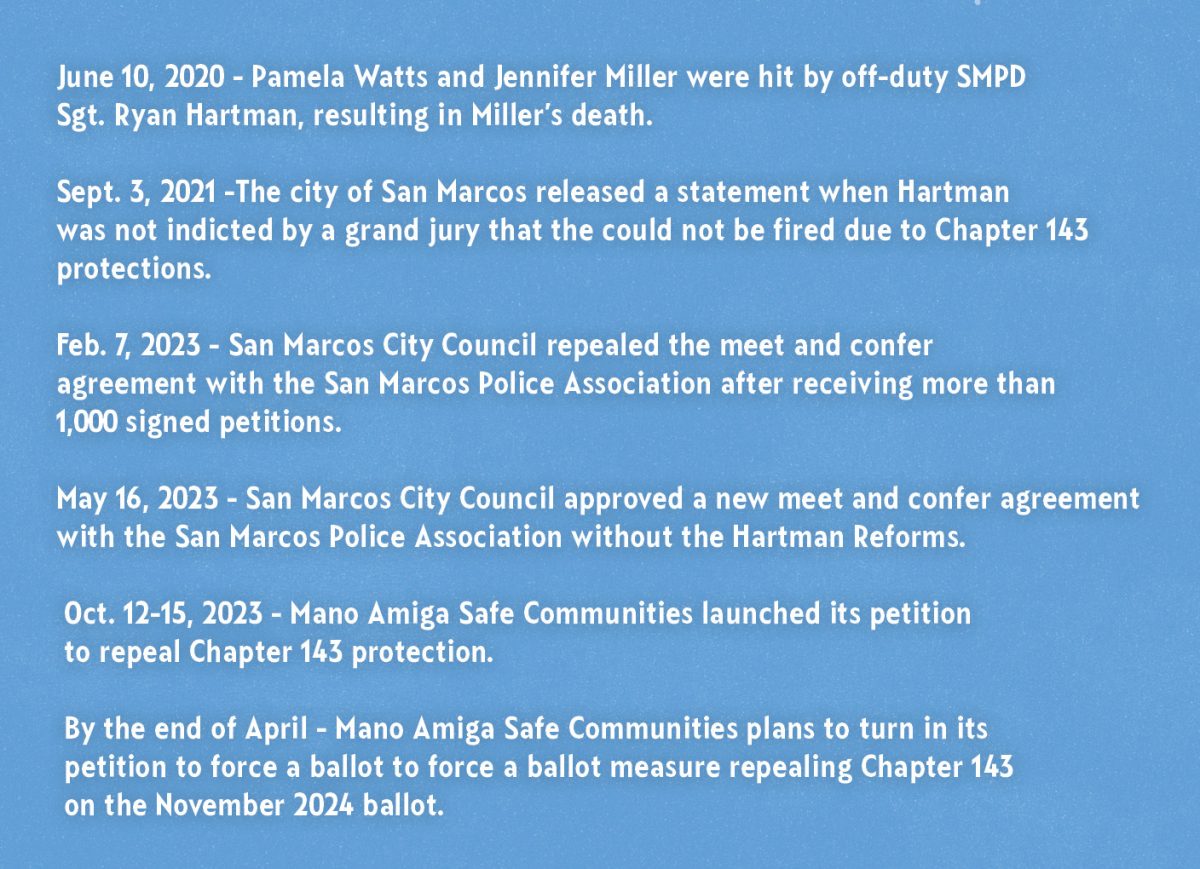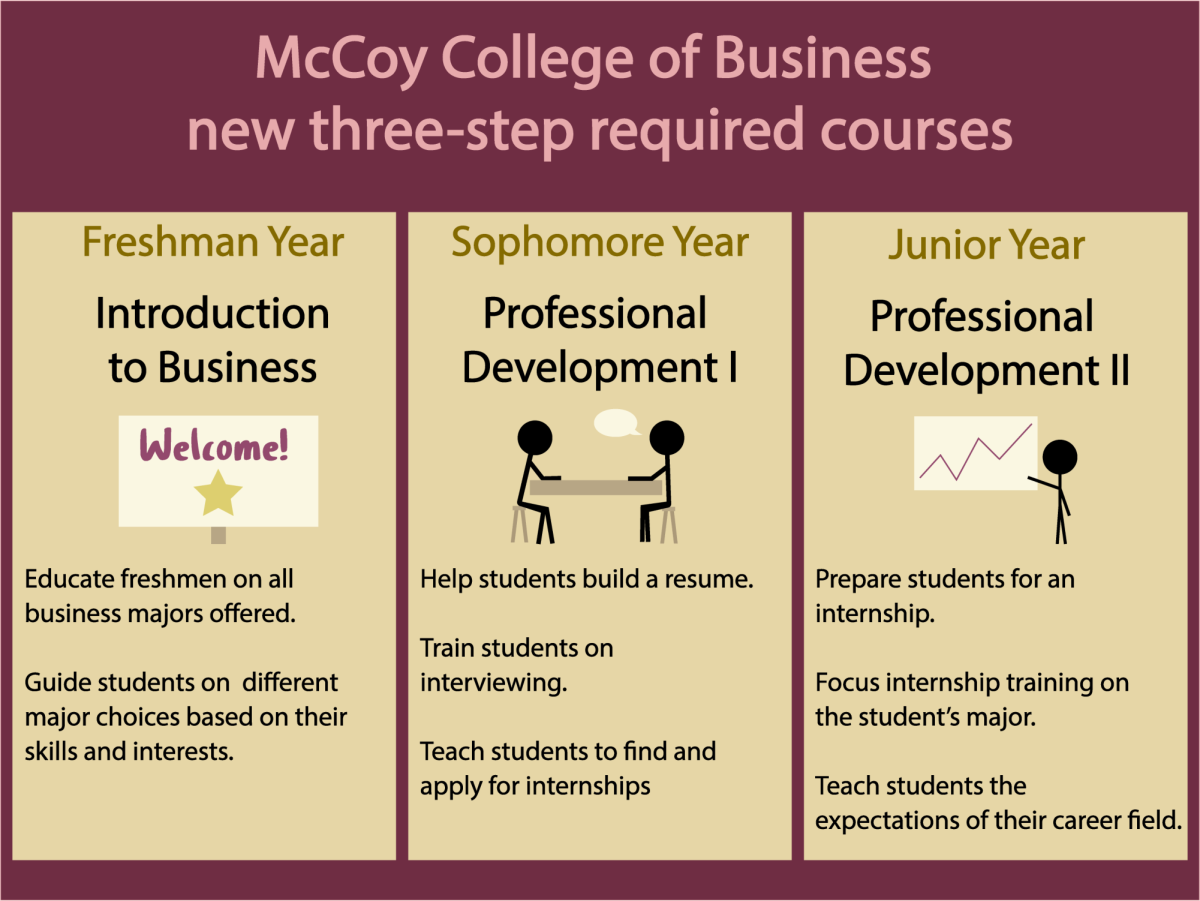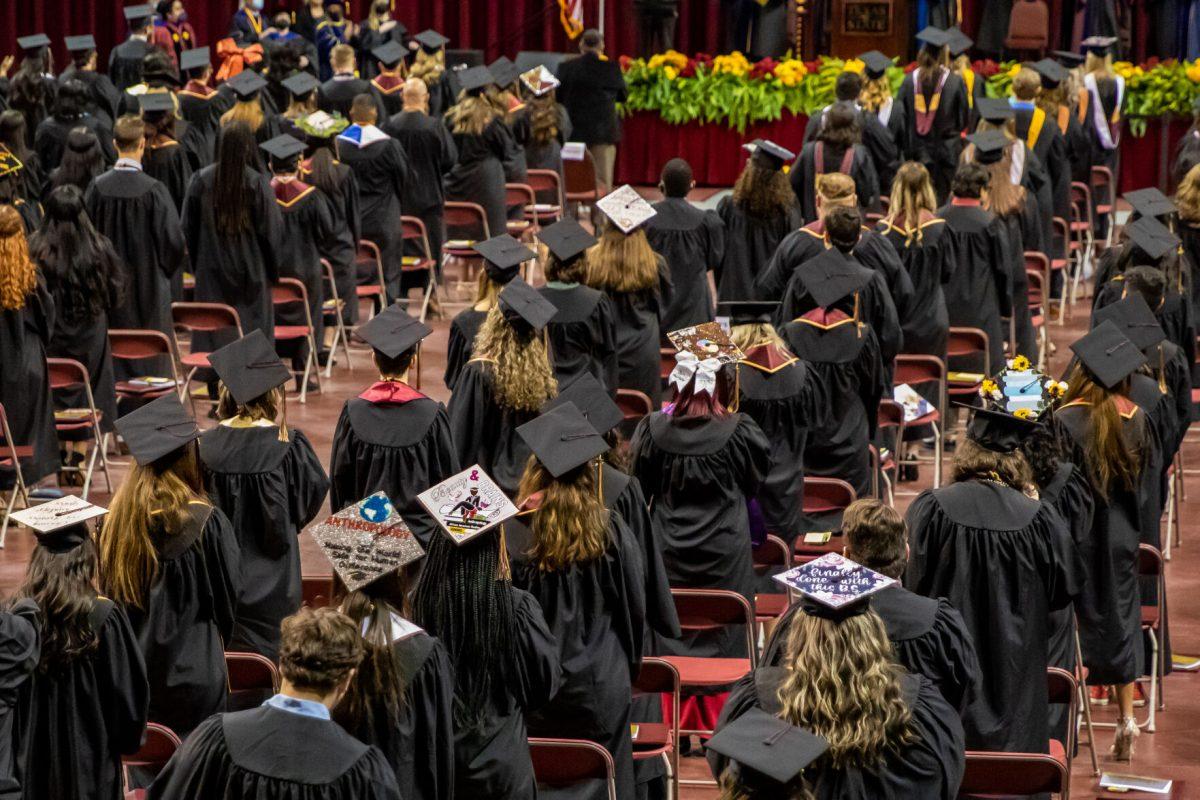Texas State’s revenue from the Student Service Fee has ballooned to nearly $7 million due to years of record-breaking enrollment and an increasing reserve fund.
The Student Service Fee is a mandatory fee that students pay in conjunction with tuition and 13 other fees. Its primary purpose is to allocate funding to student services, which are “separate and apart from the regularly scheduled academic functions of the institution and directly involve or benefit students,” according to Section 54.503 of the Texas Education Code.
Out of these 13 fees, the Student Service Fee is the only one where students actually serve on the advising committee – and as a majority. The Student Government president appoints six Student Government members to the Student Service Fee Advisory Committee, including an alternate member who would vote in the instance of an absent member. As mandated by the university’s policies and procedures for the committee, four administrators make up the rest of the committee, including the dean of students as the chair.
The fee begins at $10 per credit hour and caps at $90 for nine credit hours and up. The only students who don’t pay the fee are those exempt from tuition, like students utilizing the Hazlewood Act, a 1943 act that provides Texas veterans, spouses and dependent children with an education benefit up to 150 hours.
The fee supports a range of campus initiatives, student organizations, scholarships, travel accounts, operations, faculty salaries and operations.
The Counseling Center, a Texas State office that provides group, individual and couples counseling to students, is projected to receive $1.18 million in permanent funding from the fee for fiscal year 2019, totaling at nearly a sixth of the entire fund. Director of the Counseling Center Kathlyn Dailey said a majority of the Student Service Fee allocated toward the Counseling Center goes to salaries, nearing almost $1.1 million. The remaining amount, $80,000, is allocated as operating costs.
Dailey said the Counseling Center has struggled with a staffing shortage as the student population has grown in the last few years. Though, the fund has allotted some new positions it hasn’t been enough to keep up with student demand.
“We have a small piece of additional funding that covers two salaries and a sliver of our operational funds,” Dailey said. “We’ve been able to add one or two positions in the last few years, which feels really nice for us. When we request a position, most of it goes toward salaries. It might be easier to get (funding) elsewhere, but for now, it’s just hard.”
Vice President of Student Affairs Joanne Smith said her office breaks down the funding into different tiers: direct services, co-curricular, academics, scholarships, travel, operations, and personnel and administrative costs. Smith also said a majority of the fee covers salaries within departments, some of which, like the Counseling Center and Career Services, depend almost entirely on the fund.
There are two types of funding that derives from the fee: permanent and temporary. Permanent funding is a consistent amount of money that organizations may expect every year as long as it is requested. The committee can decrease the permanent funding by 10 percent each year, but cannot outright take funding away from any recipients. Primarily, permanent funding covers salaries and operating costs. Temporary, or one-time funding, is incidental and can only be requested for specific jobs or projects.
In the past few years, there have only been small increases to the permanent fund, which has slowed the growth of some dependent organizations and initiatives. In fiscal year 2017, requests for an increase in permanent funding totaled over $550,000. The committee approved $150,000, a 2-percent increase to the total budget. In the following year, fiscal year 2018, the committee approved $99,000 of the $387,215 in requests, a 1-percent increase to the total budget.
For the past 10 years, the revenue the university receives from the fee has grown by $1.9 million, primarily because of a reserve fund that reached $4.5 million.
As a result, Texas State University President Denise Trauth ordered the committee to create the Student Service Fee Reserve Plan for fiscal year 2018. This plan appropriated $2.45 million of the reserve funds toward one-time funding projects, with the remaining $2.05 million staying in the reserve account.
The committee meets in the spring of every year and goes over the requests for funding. Adrian Cooper, biology senior and former member of the committee, was appointed by former Student Government President Connor Clegg after Clegg asked which of his Cabinet members wanted to be on the committee.
“Using precedent, the guidelines that we have, and the knowledge of the administrators on the committee, we determine how much an organization gets,” Cooper said. “There is a level of power to it, but it’s not something that really changes anything. (The organizations) usually know exactly how much they need and how much they’re going to get. At the time being, unless something comes up, we generally allocate the same amount of funds.”
Funding for fiscal year 2020 will open in early January. Applications can be found on the Student Service Fee Funding website.
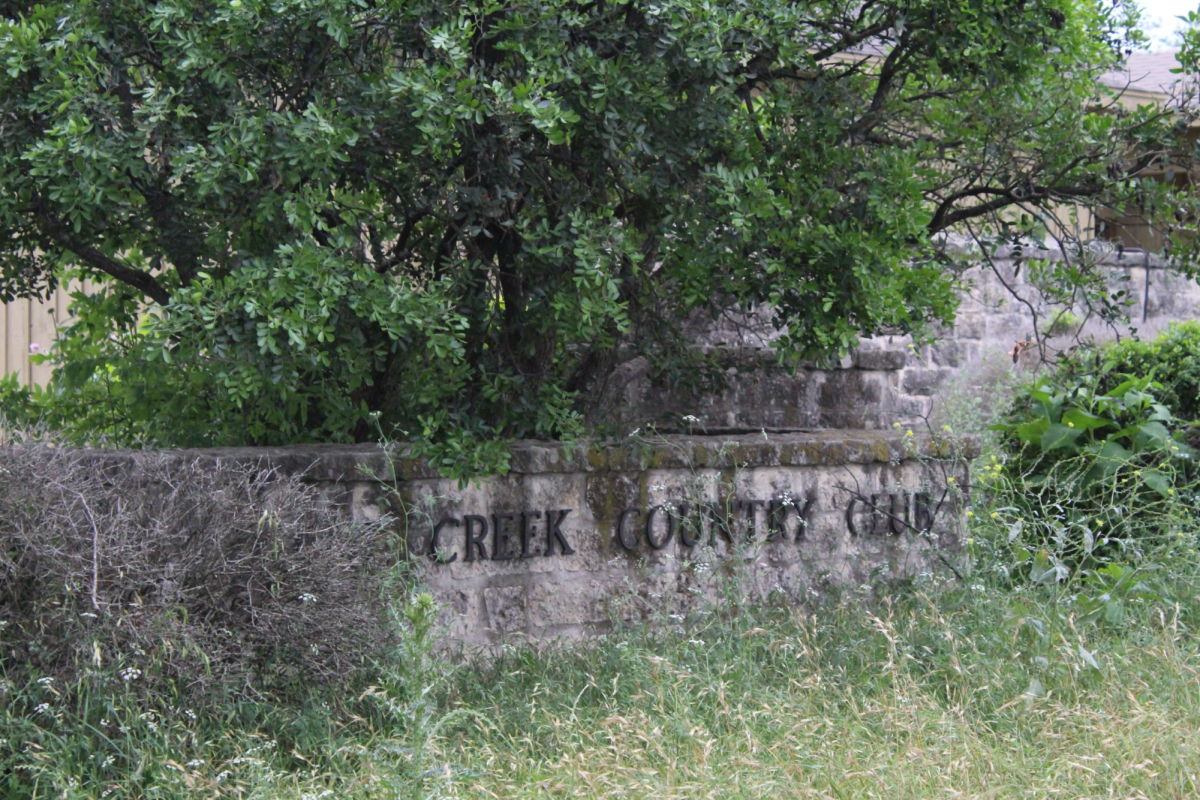
April 25, 2024

April 25, 2024

April 25, 2024

April 24, 2024
Student Service Fee balloons to all-time high
October 11, 2018
Texas State’s revenue from the Student Service Fee has grown by $1.9 million from fiscal year 2009-19.
Photo By Sawyer Click
Donate to The University Star
Your donation will support the student journalists of Texas State University. Your contribution will allow us to purchase equipment and cover our annual website hosting costs.
More to Discover
SECTIONS
SERVICES
CONTACT INFORMATION
universitystar.com
601 University Drive
San Marcos, TX 78666
Phone: 512-245-3487
Email: [email protected]
601 University Drive
San Marcos, TX 78666
Phone: 512-245-3487
Email: [email protected]
© Copyright 2024 The University Star 601 University Drive, San Marcos, TX | Privacy Policy
© Copyright 2024 The University Star 601 University Drive, San Marcos, TX | Privacy Policy

